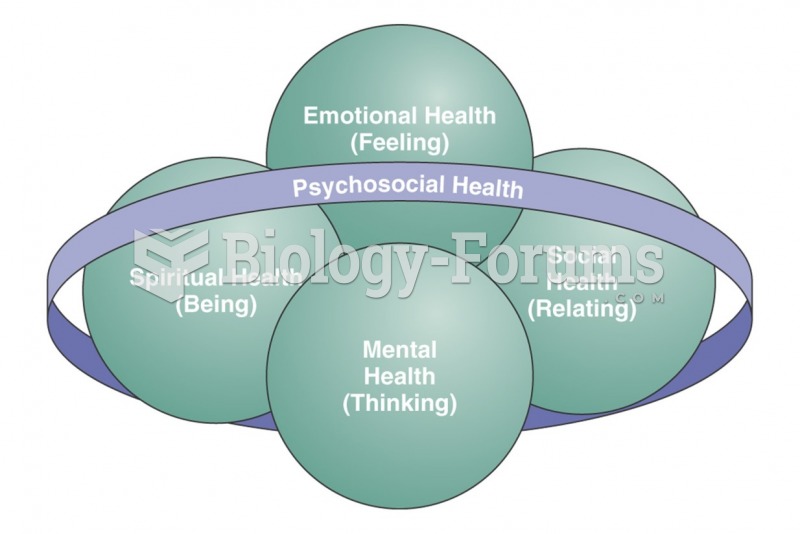Answer to Question 1
C
Ethics committees serve as a resource to support the processing of ethical dilemmas. Ethics committees serve several purposes: education, policy recommendation, and case consultation or review.
Although an ethics committee may gather detailed information, they do not interview all persons involved in a case; rather, they offer consultations or case reviews.
Illustrating circumstances that demonstrate malpractice is not a purpose of an ethics committee.
Examining similar previous instances for comparison of outcome decisions may be part of data gathering to help process an ethical dilemma or for policy recommendation, but it is not the pur-pose of an ethics committee.
Answer to Question 2
C
Feedback
A Adaptation of the patient's room to accommodate extra family members is not an example of cultural imposition on a patient but rather is meeting the patient's need by providing culturally congruent care.
B Seeking information on gender-congruent care for an Egyptian patient is an example of the desire to provide culturally congruent care.
C In collectivistic cultures that value group reliance and interdependence, such as traditional South Asians, caring behaviours are manifested by actively providing physical and psychological support for kin members. The nurse may perceive the patient's refusal of exercise as lack of motivation for self-care, and in this case the nurse is imposing her own belief system.
D Encouraging family members to assist with the patient's care is not an example of cultural imposition on a patient. Western culture tends to follow a pattern of caring that focuses on self-care and self-determination, whereas non-Western cultures typically have care provided by others.







